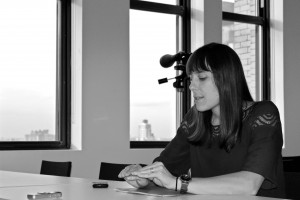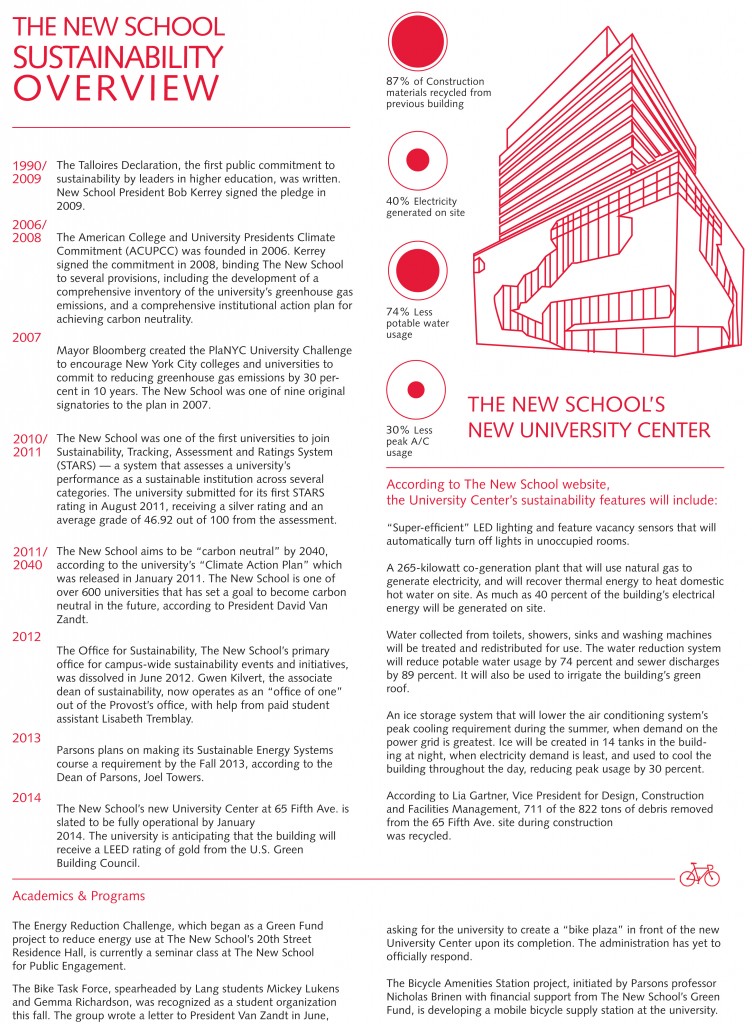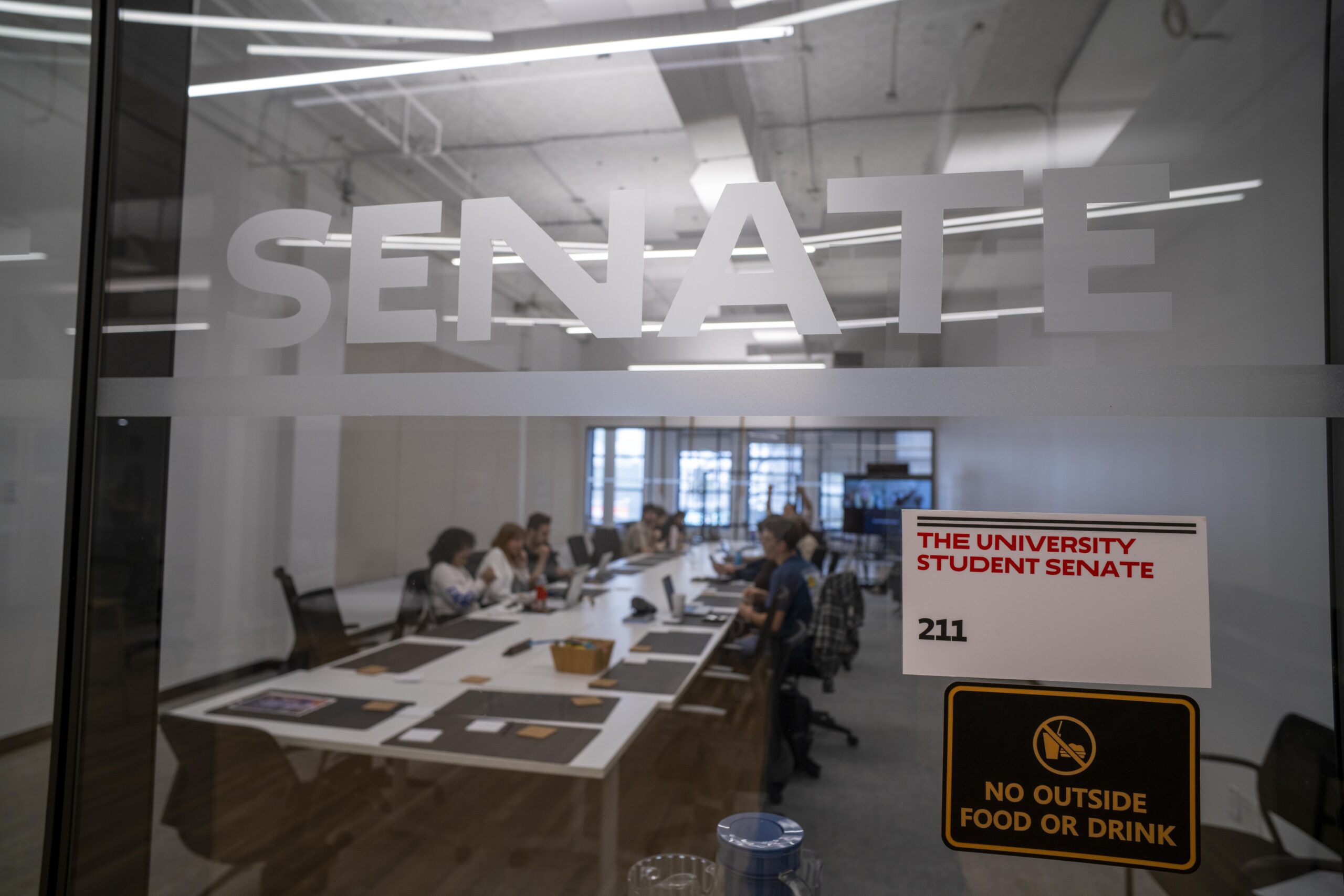Over the past decade, The New School has gone out of its way to present itself as an institution committed to sustainability. The university’s numerous environmental commitments and sustainability initiatives are readily available to the community, whether in the form of a web page highlighting state-of-the-art features found in the new University Center or a “Climate Action Plan,” published in January 2011, explaining The New School’s goal of becoming “carbon-neutral” by 2040.
Yet recent developments raise questions about the university’s commitment to the cause. Last year, the Sustainable Endowments Institute’s most recent Green Report Card gave The New School a “B” grade. At the end of the 2011-12 academic year, the university downsized its Office for Sustainability from two people to one; Gwen Kilvert, associate dean of sustainability, is the only administrator charged with overseeing the school’s sustainability efforts. While The New School is constructing a new, “green” building at 65 Fifth Ave., there are existing buildings that still require upgrades. And there is a community of students and faculty who advocate environmental sustainability, but still question their university’s commitments.
The Free Press spoke with students, faculty and staff invested in The New School’s sustainability initiatives in an effort to gauge the extent of the university’s success on the issue.
*****

As The New School’s Associate director for academic sustainability initiatives, Gwen Kilvert oversaw the university’s Office for Sustainability. With the office’s dissolution and her move to the Provost’s office, Kilvert’s focus has shifted from overseeing building upgrades and energy usage to organizing community events in an effort to get students more involved. Rather than doing energy audits and the retrocommissioning of academic buildings, she now organizes Welcome Week and Orientation presentations while also supporting student-led groups on campus.
The change seems to mean little to those actively involved, however. There was little to no response to an online petition, created by New School graduate students Luke Keller and Maggie Ollove, to save the Office for Sustainability — the petition received only 123 of its 1,000 required signatures this past June. According to Kilvert, the dissolution of the Office for Sustainability was more or less a name change.
The Bike Task Force, which was formerly headed by Kilvert and Parsons professor Jane Pirone, is a grassroots organization whose goal is to create an active cycling community at the university. Gemma Richardson now co-chairs the group, along with fellow Lang student Mickey Lukens. Richardson said she believes that the Office for Sustainability’s demise will have little effect on the university community’s involvement in sustainability efforts.
“By no means does it hinder the school’s commitment to sustainability,” Richardson said, “because many of the initiatives are student-led or collaborative efforts among students, staff and faculty.”
*****
The current pride and joy of The New School’s sustainability efforts appears to be the new University center, currently under construction at 65 Fifth Ave. and slated for full opening in 2014. The list of the building’s environmentally progressive components is extensive, to say the least.
The seventh floor level of the new building will feature a green roof that retains and recycles water. The building will contain dual flush toilets, low-flow bathroom fixtures, water bottle refilling stations, and a small water recycling plant that will recycle water for nearly all purposes other than drinking. The building’s design aims for improvement of indoor environment quality, with numerous temperature controls throughout rooms and light reflection shells to provide natural light when available. There is also a system called Aircuity, which samples a room’s air through a series of tubes and performs air quality evaluations automatically.
“We have really state-of-the-art systems [in the new building] — really the newest, the latest, the best,” said Lia Gartner, vice president of Design, Construction and Facilities Management at the university. “People who don’t yet have the opportunity to see these systems, or [who already] have these systems, will be able to come to our building and even take classes in how to manage these systems and [learn] how these things work.”
The New School has also focused on sustainability renovations at existing buildings. This past summer, facilities management upgraded water fixtures throughout New School dorms, installing more efficient shower heads, toilets and faucets. They also replaced two air-conditioning units on top of the 65 W. 11th St. building. According to facilities director Thomas Whalen, who oversees building maintenance and recycling at The New School, the units were “terribly inefficient.” The university has replaced old T12 lighting with new LED fixtures, and installed more occupancy sensors in academic buildings. There are also future plans to renovate building facades and replace windows in existing buildings, in order to increase insulation.
The recent renovations followed the university’s mixed evaluation from the Sustainability Tracking, Assessment and Rating System (STARS). STARS, a program under the Association for the Advancement of Sustainability in Higher Education (AASHE), allows universities to submit a guided report of sustainability practices and initiatives for rating. In August 2011, the university received a score of 2.07 out of the maximum 16.5 points for energy efficiency from STARS. The grading system also only accounts for the operations of buildings that The New School either owns or pays utilities for; at the time of August’s report, the university owned only 37 percent of their buildings.
As far as The New School’s numerous rented properties, it is hard to quantify their energy usage and the extent to which they are sustainable. Whalen said that many, but not all, of the university’s rented buildings are sub-metered; sub-metering is a way of tracking the output of individual energy or water outlets in a building. In buildings which are not sub-metered, Whalen said, sustainable practices are much more dependent on the responsible use of utilities and proper waste management.
*****
The Bike Task Force is currently in the process of drafting and implementing a “Master Bike Plan” for the university. According to a draft of the plan, it seeks to “outline a set of goals and objectives for cycling policies and programs that would benefit The New School community,” as well as identifying efforts that the university has already made. The group, however, could benefit from more community involvement; only two participants attended the fall semester’s first Bike Task Force meeting.
And, as some students have noted, proposing sustainability initiatives to the administration can often be a difficult process. At a meeting last year with The New School’s Vice President for Legal Affairs, Roy Moskowitz, the Bike Task Force made an oral presentation calling for the university to implement bicycle parking spaces in front of the new University Center. The project, which the group hoped would receive a grant from the city’s Department of Transportation, failed to come together by the deadline for the grant application this past July. Rob Buchanan, an assistant professor of writing at Lang, who has worked with the Task Force extensively, believes the purpose of the suggestion was clear. Regardless, the Bike Task Force has still not received a response to their proposal.
“We never wrote a formal proposal because we thought that the next step was on the part of the university,” Buchanan said.
Moskowitz, who would have been responsible for administrative handling of the project, said he has been waiting for an official proposal from the Task Force to follow up on.
“It was certainly something that was discussed with the Bike Task Force last spring,” Moskowitz told the Free Press, “but to date I haven’t seen a [written] proposal.”
*****
Academically, several New School divisions have made an effort to incorporate sustainability into students’ educational experiences. The Sustainable Milano blog, which has spurred from the graduate school’s Environmental Policy and Sustainability Management program, focuses on spreading awareness of sustainable coursework and practices at The New School. Milano has even partnered with GrowNYC Greenmarkets, which has provided space for New School students and faculty to teach sustainable growing practices at farmers markets.
“We really want to engage with a wider public, so people more fully understand how to be environmentally aware,” said John Clinton, director of the Environmental Policy and Sustainability Management program.
Parsons, which recently established an MS Design and Urban Ecologies program, will make its “Sustainable Energy Systems” class a required course for undergraduates by Fall 2013, according to Parsons Dean Joel Towers. At Lang, the Environmental Studies department offers both a Bachelor of Arts and a Bachelor of Science degree — but students must take courses at Parsons, Lang and The New School for Public Engagement to complete their degree requirements. University-wide, there is no streamlined way to seek out and register for courses addressing sustainability, which makes finding courses on sustainability for those outside of the Environmental Studies program a process.
“I think there’s a lot more to do [academically],” Provost Tim Marshall told the Free Press regarding the university’s sustainability curriculum. “I think a lot of progress has been made, [and] I think we’re on the right track, but we’re by no means where we need to be.”
*****
Still, The New School has made strides as a sustainable institution of higher learning. Facilities management released its first annual report in 2011, displaying which initiatives the university has pursued and plans to pursue in the future. According to Kilvert, progress towards the Climate Action Plan’s goal of climate-neutrality by 2040 is continuous.
“It’s already so outdated,” Kilvert said. “We’ve already advanced at least a calendar year since [the plan] was written, and that’s the tricky thing — to stay on top of the data — because it’s a lot of information.”
When asked about the university’s lofty future goals, however, facilities director Thomas Whalen was more skeptical.
“‘Carbon-neutral’ is a term that I don’t know is achievable by anybody,” Whalen said.
With reporting by Heather Pusser and Cerise Steel









Leave a Reply